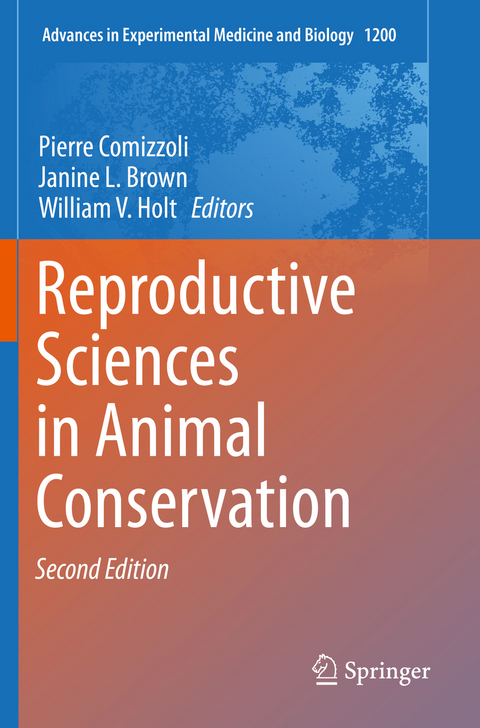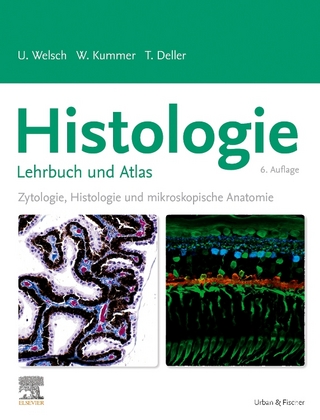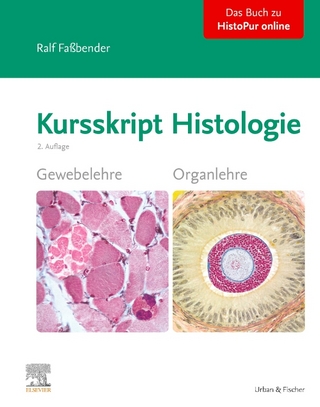
Reproductive Sciences in Animal Conservation
Springer International Publishing (Verlag)
978-3-030-23635-9 (ISBN)
Understanding reproductive biology is centrally important to the way many of the world's conservation problems should be tackled. Currently the extinction problem is huge, with up to 30% of the world's fauna being expected to disappear in the next 50 years. Nevertheless, it has been estimated that the global population of animals in zoos encompasses 12,000 - 15,000 species, and we anticipate that every effort will be made to preserve these species for as long as possible, minimizing inbreeding effects and providing the best welfare standards available. Even if the reproductive biology community cannot solve the global biodiversity crisis for all wild species, we should do our best to maintain important captive populations.
Reproductive biology in this context is much more than the development of techniques for helping with too little or too much breeding. While some of the relevant techniques are useful for individual species that society might target for a variety of reasons, whether nationalistic, cultural or practical, technical developments have to be backed up by thorough biological understanding of the background behind the problems.
Pierre Comizzoli, a gamete biologist at SCBI's Center for Species Survival, received one of the Presidential Early Career Award for Scientists and Engineers. President Obama named 94 researchers as recipients of the Presidential Early Career Awards for Scientists and Engineers, the highest honor bestowed by the United States government on science and engineering professionals in the early stages of their independent research careers. Sixteen Federal departments and agencies join together annually to nominate the most meritorious scientists and engineers whose early accomplishments show the greatest promise for assuring America's preeminence in science and engineering and contributing to the awarding agencies' missions. Awardees are selected for their pursuit of innovative research at the frontiers of science and technology and their commitment to community service as demonstrated through scientific leadership, public education, or community outreach. Comizzoli's honor followed a prestigious nomination by the Office of the Director of the National Institutes of Health for studies on desiccated germinal vesicles to determine if they can be rehydrated and reanimated to facilitate recovery of the maternal genome, challenging existing paradigms about the practicality of mammalian oocyte (egg) preservation and storage. Pierre's research is oriented to both assisted reproductive techniques (artificial insemination, embryo transfer, in vitro fertilization, gamete and embryo cryopreservation) for endangered species, as well as the emerging field of fertility preservation that benefits, not only rare species, but human health as well.
Foreword: Tom Lovejoy.- Introduction: Reproductive Science as an Essential Component of Conservation Biology.- Section I: Survival and Adaptation of Species in a Changing Environment.- The Importance of Reproduction for the Conservation of Slow-Growing Animal Populations.- Reproductive Impact of Environmental Chemicals on Animals.- The Transgenerational Impact of Environmental Change.- Stress, Well-Being and Reproductive Success.- Physiological Thresholds in the Context of Marine Mammal Conservation.- The Role of Reproductive Sciences in the Preservation and Breeding of Commercial and Threatened Teleost Fishes.- Reproductive Microbiomes in Wild Animal Species - A New Dimension in Conservation Biology.- Section II: Progress in Understanding, Assisting, or Suppressing Reproduction in Wild Species.- Update on Comparative Reproductive Biology of Elephants: Factors Affecting Reproduction, Health, and Welfare.- Comprehensive Breeding Techniques for the Giant Panda.- Marsupials: Progress and Prospects.- Using the Koala (Phascolarctos cinereus) as a Case Study to Illustrate the Development of Artificial Breeding Technology in Marsupials: An Update.- Reproductive Science Methods for Wild, Fully-Marine Mammals: Current Approaches and Future Applications.- Amphibian Assisted Reproductive Technologies: Moving from Technology to Application.- Reproductive Science in Sharks and Rays.- Cryopreservation as a Tool for Reef Restoration: 2019.- Fertility Control in Wildlife: Review of Current Status, Including Novel and Future Technologies.- From the Ivory Tower to Reality: Conclusions of the New Edition.-
| Erscheinungsdatum | 12.09.2020 |
|---|---|
| Reihe/Serie | Advances in Experimental Medicine and Biology |
| Zusatzinfo | VIII, 559 p. 58 illus., 46 illus. in color. |
| Verlagsort | Cham |
| Sprache | englisch |
| Maße | 155 x 235 mm |
| Gewicht | 860 g |
| Themenwelt | Studium ► 1. Studienabschnitt (Vorklinik) ► Histologie / Embryologie |
| Naturwissenschaften ► Biologie ► Ökologie / Naturschutz | |
| Naturwissenschaften ► Biologie ► Zoologie | |
| Weitere Fachgebiete ► Land- / Forstwirtschaft / Fischerei | |
| Schlagworte | conservation • Cryopreservation • extinction • Fish and Wildlife Biology • Reproductive Biology • Reproductive Technologies • Species conservation |
| ISBN-10 | 3-030-23635-8 / 3030236358 |
| ISBN-13 | 978-3-030-23635-9 / 9783030236359 |
| Zustand | Neuware |
| Haben Sie eine Frage zum Produkt? |
aus dem Bereich


